The condition of the stamens in the given picture is:

1. Didynamous
2. Tetradynamous
3. Synandrous
4. Syngenesious

2. Tetradynamous
3. Synandrous
4. Syngenesious
The sub-aerial modification of the stem shown below is:
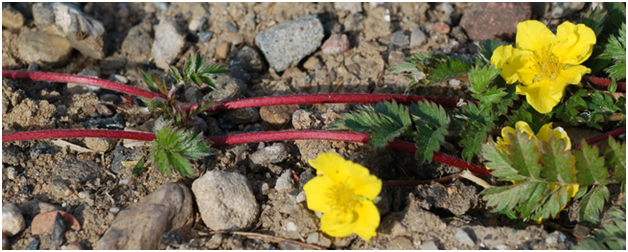
1. Stolon
2. Runner
3. Rhizome
4. Offset
What may be number of carpels in the flower shown below?
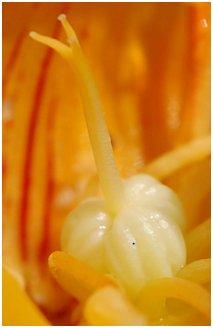
1. 1
2. 2
3. 3
4. 4
The type of placentation of ovules in the following flower is known as:
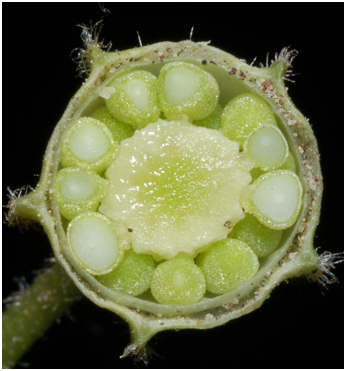
1. Basal
2. Free central
3. Marginal
4. Parietal
Match each item in COLUMN I with one in COLUMN II and select the correct answer from the codes given:
|
|
COLUMN I [Special types of plants] |
|
COLUMN II [Example] |
|
A. |
Total stem parasites |
a. |
Mistletoe |
|
B. |
Partial stem parasites |
b. |
Dodder |
|
C. |
Total root parasites |
c. |
Sandalwood |
|
D. |
Partial root parasites |
d. |
Broomrape |
Codes
A B C D
1. a b c d
2. b a d c
3. c d a b
4. d c b a
The floral features shown in the given figure characterizes the members of Family:
| 1. Fabaceae | 2. Solanaceae |
| 3. Liliaceae | 4. Brassicaceae |
The structure shown by arrow in the given picture is called as:
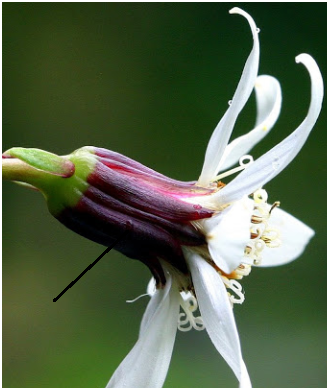
1. Involucre
2. Spathe
3. Glume
4. Epicalyx
A shows underwater leaves and B above water leaves in Limnophila heterophylla. This is an example of:
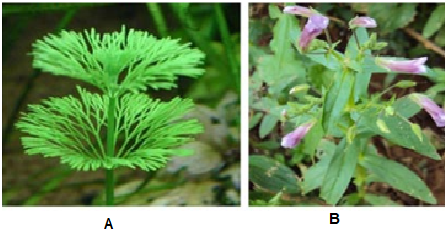
1. Norm of reaction
2. Developmental noise
3. Incomplete penetrance
4. Phenotypic plasticity
The arrow shows structure where basal portions of the calyx, the corolla, and the stamens form a cup-shaped tube. This is called as:
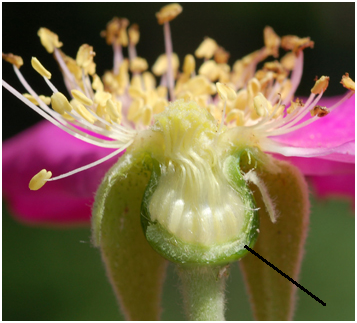
1. Thalamus
2. Gynandrophore
3. Peduncle
4. Hypanthium
Match type of adhesion of stamens with example and select the correct answer from the codes given:
| Adhesion of stamens | Example | ||
| A. | Epipetalous | a. | Datura |
| B. | Epiphyllous | b. | Tulip |
| C. | Gynandrous | c. | Calotropis |
Codes
| A | B | C | |
| 1. | a | b | c |
| 2. | b | a | c |
| 3. | c | a | b |
| 4. | a | c | b |







